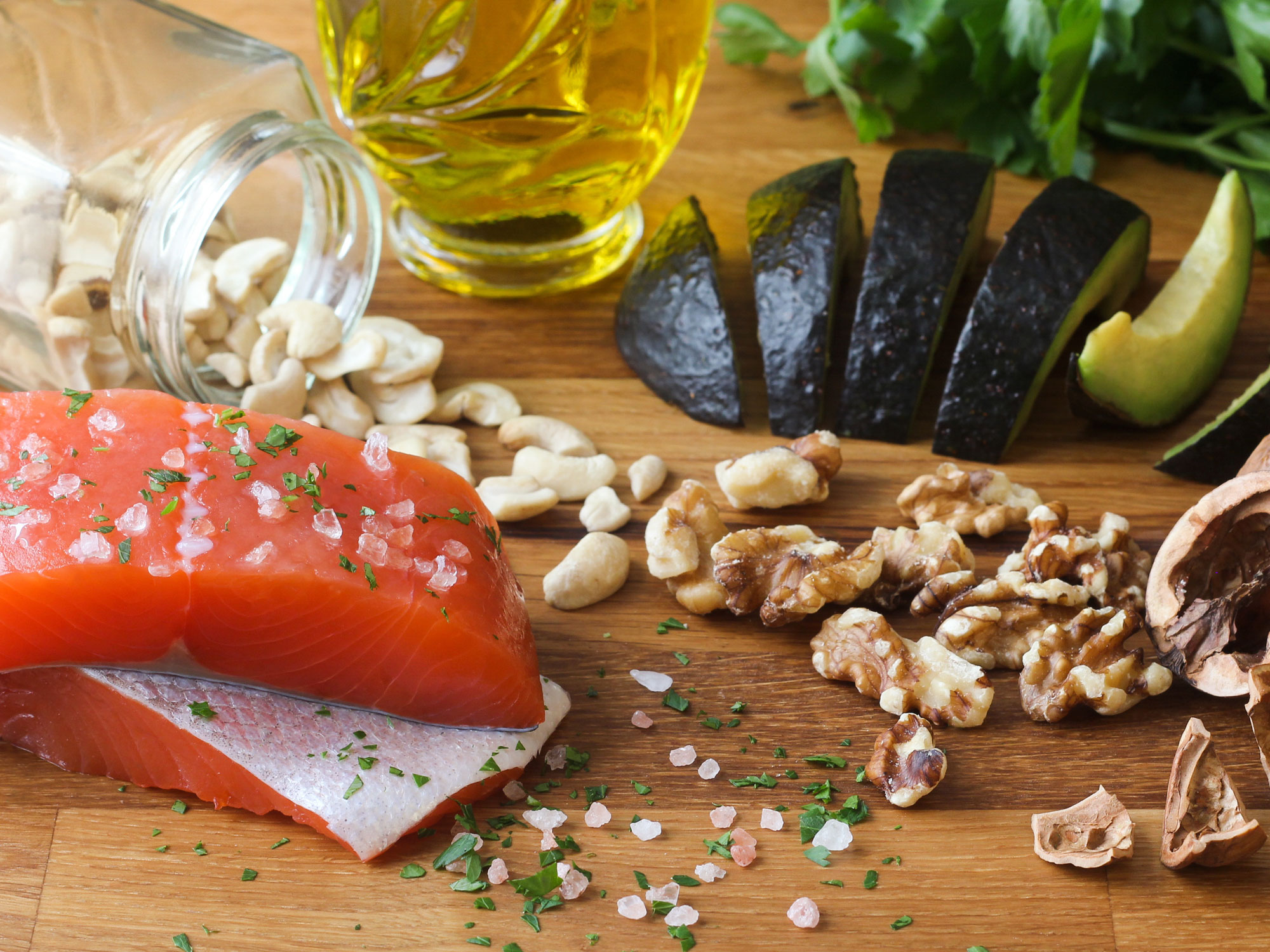Get Easy Health Digest™ in your inbox and don’t miss a thing when you subscribe today. Plus, get the free bonus report, Mother Nature’s Tips, Tricks and Remedies for Cholesterol, Blood Pressure & Blood Sugar as my way of saying welcome to the community!
How to use fat to fight disease

Obesity, type 2 diabetes, hypertension and high cholesterol — these are all common health problems you’re no doubt aware of.
But one thing you may not know is the role your liver plays in the development of all these conditions.
When too much fat gets deposited in liver cells, a condition called nonalcoholic fatty liver disease (NAFLD) emerges. And when NAFLD occurs it:
- Disrupts your ability to balance energy
- Promotes inflammation through the body
- Interferes with cell communication which frequently results in insulin resistance
- Promotes a higher rate of cholesterol production, among other things.
NAFLD affects around 30 percent of Americans. In people with type 2 diabetes this rate increases to 70 percent. And with obesity, this jumps even higher to 90 percent — it’s a big, and growing issue!
Fighting fat with fat?
Researchers know that diet is largely responsible for generation of this liver fat. And it would be easy to assume that it must be fats that would cause more liver fat deposits. But this isn’t exactly the case.
As it turns out, particular bioactive fatty acids are the one thing that offer the greatest protection…
First up, you’ll be excited to learn that you can enjoy rich creamy foods such as coconut oil, butter, cream and milk. These foods are full of medium chain fatty acids (MCFA) that are rapidly absorbed and transported straight to your liver.
On first impressions that may seem like a bad thing, but it’s not!
These fats don’t get deposited as fat. Instead, they help induce thermogenesis, which actually speeds up your metabolic rate and helps you burn more fat, including liver fat. MCFAs also assist with repairing liver injury that may have been caused by NAFLD.
Secondly, make it a goal to include at least two serves of fatty fish each week (salmon, sardines and tuna), along with other omega 3-rich foods such as chia seeds and walnuts.
These can directly limit the amount of fat stored in the liver. And as a consequence, they help reduce belly fat, reducing the size of fat cells.
Bacteria is your backup
Lastly, you need to focus on nourishing your gut bacteria…
When you eat an unhealthy diet, bacteria in your gut shift off balance. And several studies have determined a strong link between NAFLD and an imbalance in gut bacteria.
But the good news is, you can influence this process in the opposite direction by consuming fiber-rich foods (veggies such as broccoli, carrots, asparagus, etc, along with nuts and seeds) and resistant starch (cooked and cooled potatoes, rice, beans and legumes, along with green bananas, plantain and uncooked oats).
These forms of fiber encourage the production of short-chain fatty acids (SCFA) in the large intestine. SCFAs enhance the growth of beneficial gut bacteria and improve the utilization of nutrients, along with preventing liver inflammation.
SCFAs also influence liver cholesterol synthesis, regulating the production of HDL “good” cholesterol and LDL “bad” cholesterol. And they stimulate the liver to remove fat, which helps to reverse NAFLD.
Editor’s note: While you’re doing all the right things to protect your brain as you age, make sure you don’t make the mistake 38 million Americans do every day — by taking a drug that robs them of an essential brain nutrient! Click here to discover the truth about the Cholesterol Super-Brain!
Sources:
- Juárez-Hernández E, et al. “Role of bioactive fatty acids in nonalcoholic fatty liver disease” — Nutrition Journal. 2016;15:72.
- Ahmed M. “Non-alcoholic fatty liver disease in 2015” — World J Hepatol. 2015 Jun 18; 7(11):1450-1459.













